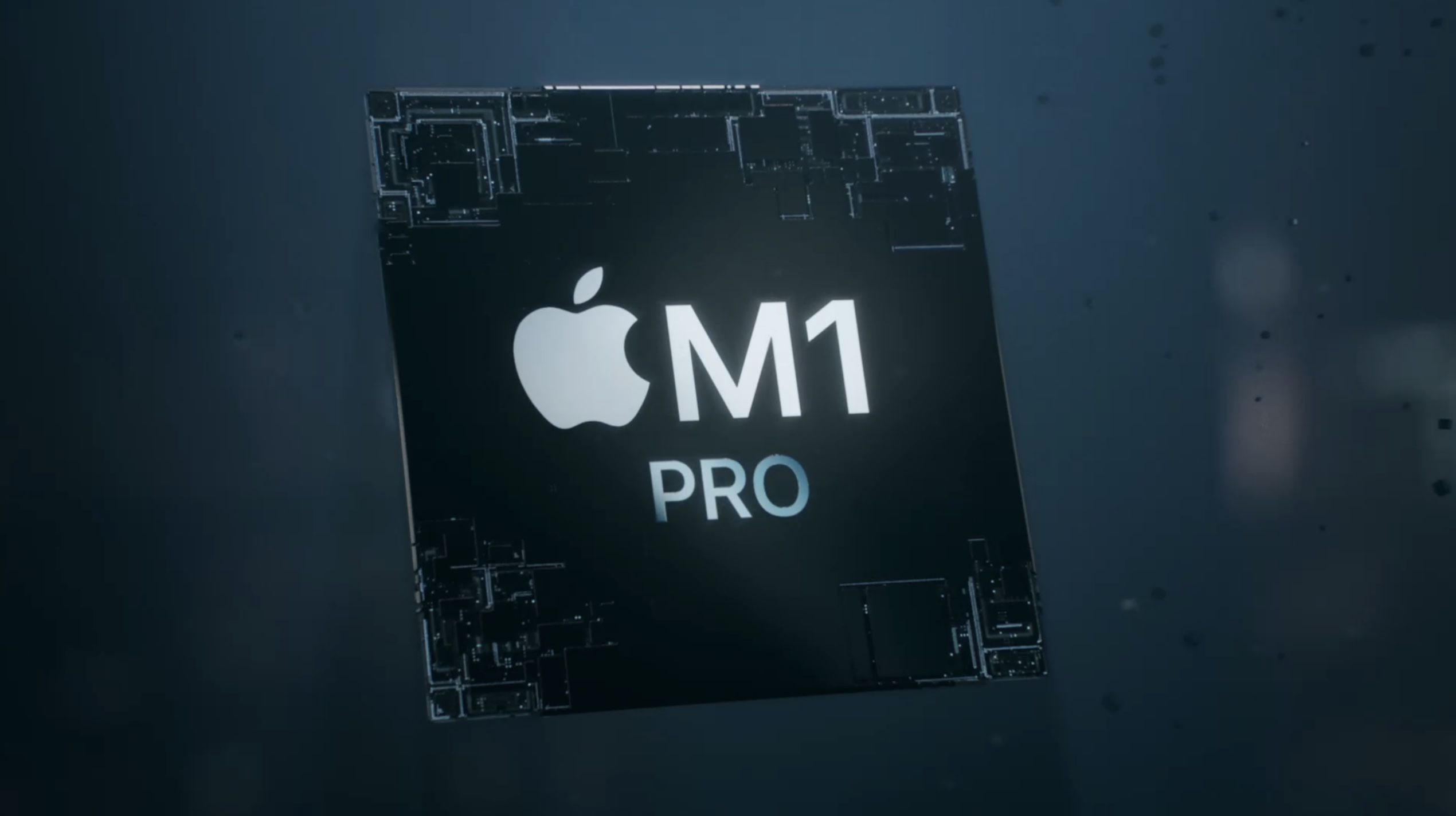As I look forward to eventually upgrading from my 2011 21.5 iMac to a new Mac I’ve been trying to get a handle on how the unified RAM, more specifically 16GB, compares to conventional RAM. Yes, I understand the M series are more efficient than Intel or AMD chips, but what is the performance gain, if any, with the unified RAM.
16GB is 16GB, but because it’s unified with the processor does that give it a performance gain or advantage over conventional 16GB or even 32GB RAM?
16GB is 16GB, but because it’s unified with the processor does that give it a performance gain or advantage over conventional 16GB or even 32GB RAM?



